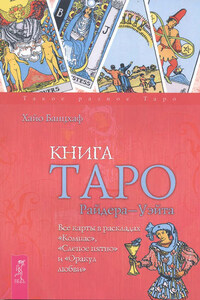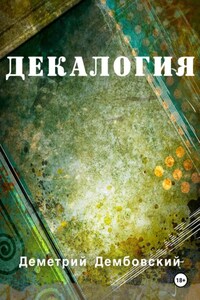During excavations, archaeologists discover ancient images of deities with crosses in their hands, on their necks, and on their chests. In Thebes, the ancient capital of Egypt, on the wall of one temple flaunted the sacred bull Apis, the whole skin of which consisted of a continuous network of crosses. The sign of the cross among the ancient gods was a symbol of their immortality.
Archaeologists studying the life of ancient peoples on the territory of Russia also met with the signs of the cross, ancient people believed that these magical signs protect, protect the dishes on which it was carved. What do these and many other facts say? They say that the cross as a religious symbol, a sacred sign, was known to almost all peoples from the most ancient times of their history.
"In Italy, in the Parma Museum, a vase with the image of a cross is kept. Scientists have established that it was created in the Bronze Age, the beginning of which dates back to the 4th millennium BC. A stone cross was found on one of the Hebrides. In Ireland, a stone monument was found in Crosses were found on various objects excavated by archaeologists during excavations in Babylon and India, Egypt and Greece, China and Korea. In Assyria, the kings wore a golden cross around their necks. which depicted the goddess Astarte. In ancient Rome, the vestals, the keepers of the sacred fire, wore a cross around their necks. It is likely that the ancient people, having received a tool for making fire, perceived it as a gift from heavenly forces. They simply could not explain its origin otherwise. And maybe perhaps once again people were convinced of the divine nature of fire, which played such a huge role in their lives.It is no coincidence that the ancient Iranians in one of their hymns addressed him with the following words: "O fire, almighty lord, rising from the earth – fire, with your sparkling flame you create light in the realm of darkness; you determine the fate of all who bear any name. You fuse copper with tin, you fill the soul of the evil one with horror at night. After all this, can it be surprising that different peoples had a particularly respectful attitude towards deities, one way or another connected with fire! , 1988, pp. 24-25).
The culprits were two ordinary sticks, with the help of which the primitive man learned to make fire. It was such a discovery that we, people of the 20th century, find it difficult to understand and appreciate. After all, for a long time man lived and wandered without fire. Then, when people borrowed fire from nature itself, they carefully guarded it. At the sites of primitive man, archaeologists discover traces of fires with a thick layer of ash – up to seven meters. This means that people kept the fire in the cave for several human generations. The first wars between tribes must have been over fire. A simple wonderful tool – wooden bars folded crosswise – began to be revered as sacred. A grateful person deified both fire and the instrument for obtaining it. Was it not a miracle that, roaming the vast expanses of the earth, he carried with him light, warmth, hot food, true protection from wild animals. All this was hidden in two crossed sticks, the sign of which gradually turned into a magical, divine symbol.










